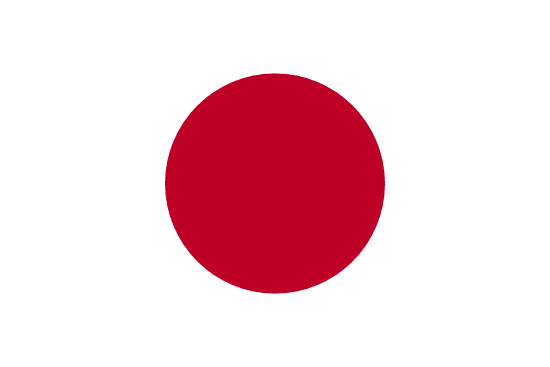"Fujinomiya, Fujisan no Monzenmachi | Fujinomiya, the town at the gate of Mount Fuji"
About:
Fujinomiya, a city in Shizuoka Prefecture, Japan, was founded on March 31, 1954. It is best known for its proximity to Mount Fuji, attracting tourists and pilgrims. The city's history is intertwined with Sengen Shrine, a significant Shinto site. Over the years, Fujinomiya has developed a strong agricultural sector, particularly in green tea and dairy farming. Today, it continues to balance modern development with cultural preservation, maintaining its historical sites while fostering economic growth.
When to visit:
Fujinomiya, a picturesque city located in Shizuoka Prefecture, Japan, is best visited during the spring months of April and May. This time of year offers pleasant weather with blooming cherry blossoms adding to the city's charm. Additionally, Fujinomiya is home to the iconic Mount Fuji, which is often clearer and more visible during the spring season, providing stunning views for visitors. Travelers can also participate in various cultural festivals and events held during this time, offering a unique and immersive experience in the city.
When to avoid:
Fujinomiya, located in Japan, experiences its peak tourist season during the summer months of July and August. During this time, the city is crowded with visitors, leading to long lines at popular attractions and higher accommodation prices. Additionally, the weather can be hot and humid, making outdoor activities less enjoyable. For those seeking a more relaxed and affordable travel experience, it is recommended to avoid visiting Fujinomiya during major holidays and the summer peak season.
Winter (Dec-Feb)
In Fujinomiya, Japan, the wettest season is from June to July, during the rainy season, with average rainfall of 200-300mm per month. Temperatures range from 15-25°C. The sky is often overcast, with limited sunlight. An average day for a visitor during this season would involve navigating through frequent showers, with occasional breaks of overcast skies. It's a great time for indoor activities or enjoying the lush, rain-fed landscapes. Despite the rain, the humidity can make the temperatures feel warmer, so light, waterproof clothing is recommended.
Summer (July-September)
In Fujinomiya, Japan, the warmest part of the year is typically during the summer months, from June to August. During this period, the average high temperatures range from 25°C (77°F) to 30°C (86°F). The city sees the most rainfall during June and July, known as the Tsuyu or rainy season, with precipitation often exceeding 200mm per month.
The summer season is also characterized by high humidity levels, often above 70%, which can make the heat feel more intense. Even though it's the rainy season, there are still plenty of hours of sunlight, with an average of 5-6 hours per day. Cloudiness varies, but generally, the sky tends to be partly cloudy, with more cloud cover during the peak of the rainy season.
A typical summer day for a visitor in Fujinomiya would start off warm and humid. There may be some morning sunshine, but clouds often roll in by the afternoon, and there can be frequent rain showers or even a thunderstorm. Despite the rain, the high humidity can make the day feel quite hot. Evenings remain warm, but are often more comfortable after the heat of the day.
Language:
In Fujinomiya, a city located in Shizuoka Prefecture, Japan, the most commonly spoken language is Japanese. As it is the national language of Japan, it is used in daily life, business, education, and media. Additionally, English might be spoken by some residents, particularly those involved in tourism, but it is not as widespread.




